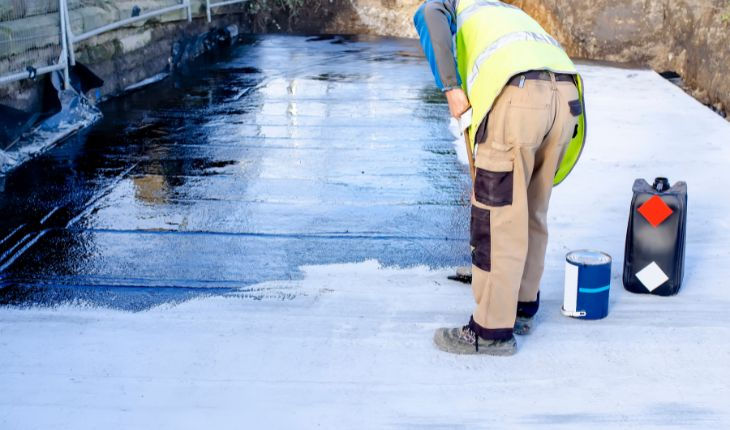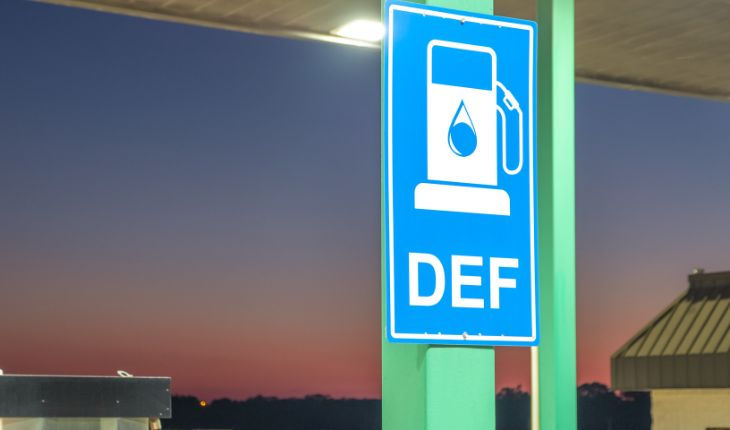Waterproofing Solutions: Protect Your Spaces with Confidence
- Sophia Grace
- Jul 22
- 4 min read
Water damage is the silent enemy of buildings. It creeps in unnoticed, causing mold, rust, structural decay, and an unending list of costly repairs. Whether it’s a residential home, commercial space, or industrial facility, waterproofing acts as the invisible armor that safeguards the integrity of any structure. From the rooftop to the foundation, every corner is susceptible to moisture infiltration, making waterproofing an essential practice rather than an optional luxury.

Modern construction has evolved significantly, but no building can be truly resilient without robust waterproofing measures in place. It's not just about keeping water out—it's about preserving value, ensuring health, and extending the life of everything from concrete slabs to wooden beams. Whether you're planning a new build or revamping an old one, understanding the depth and necessity of waterproofing can save years of maintenance nightmares.
Expert Market Research Insight
As observed by Expert Market Research, the Waterproofing Industry has grown steadily with increasing awareness around construction quality and longevity. Technological advancements in materials—such as polyurethane coatings, crystalline compounds, and self-healing membranes—are changing how builders approach water-resistance in both residential and commercial projects. The demand for waterproofing systems is also being influenced by climate change, urbanization, and consumers’ rising preference for sustainable infrastructure. With more homeowners and architects now investing in long-term protection, waterproofing solutions have gained critical importance in modern structural planning.
What is Waterproofing and Why Does It Matter So Much?
At its core, waterproofing is the application of impervious barriers to surfaces that are prone to water infiltration. These can include roofs, walls, basements, bathrooms, balconies, swimming pools, and even the exterior facades of buildings. When moisture seeps into the structure, it weakens it internally. Paint starts peeling, wooden sections swell and warp, and mold growth starts affecting air quality—leading not just to damage, but also health hazards.
In tropical or high-rainfall regions, the damage is even more aggressive. Waterproofing helps to seal these vulnerable spots and acts as the first line of defense against nature’s most unpredictable element—water. It can be applied in various forms like coatings, membranes, sealants, and chemical treatments, depending on the area and structure.
Types of Waterproofing: Versatility for Every Surface
One size never fits all when it comes to waterproofing. Different spaces require different solutions. For instance, terraces and rooftops often use liquid-applied membranes or bituminous sheets that form a seamless layer across the surface. Basements might need crystalline treatments that react with concrete to block water paths from the inside out. Bathrooms are usually treated with cementitious waterproofing due to their regular water exposure and confined nature.
Each method has its pros, but what truly matters is the precision in application. A well-done waterproofing job, even if it’s the most basic type, can last for decades and save massive repair costs down the line.
Interior vs Exterior Waterproofing: Finding the Balance
A key consideration in any project is whether to waterproof from the inside or outside—or both. Exterior waterproofing is typically more effective as it stops water before it even enters. It's especially useful for foundational walls and terraces. However, in many cases where exterior access is limited, interior waterproofing provides an efficient solution to prevent leaks and dampness.
Smart construction teams often combine both approaches to ensure comprehensive protection. For instance, while external walls might be sealed with waterproof paints or panels, the interior floors and bathrooms are treated with chemical waterproofing to prevent seepage into deeper structural layers.
Sustainability Meets Durability in Waterproofing
With the global construction mindset shifting towards sustainable living, waterproofing has also entered the green conversation. Many modern waterproofing products are now VOC-free, eco-friendly, and energy-efficient. Green roofs, rainwater harvesting systems, and water-repellent construction materials are all made possible through advanced waterproofing technologies.
Sustainability isn't just a trend—it’s a necessity. Waterproofing not only prevents water damage but also reduces energy costs by enhancing thermal insulation. For environmentally conscious homeowners and builders, waterproofing now serves a dual role—protection and sustainability.
Common Waterproofing Challenges and How to Overcome Them
Despite being a crucial aspect of construction, waterproofing often gets overlooked or poorly executed. Common issues include incorrect surface preparation, choosing the wrong product for the substrate, or improper application techniques. The result? Water still finds its way in, leading to bubbling paint, damp odors, wall cracks, and ceiling leaks.
To avoid these, it’s vital to hire skilled professionals and use tested, high-performance materials. Surface compatibility, temperature conditions during application, and maintenance cycles must all be accounted for. Remember, waterproofing isn’t a last-minute add-on; it should be embedded in the blueprint of your structure from the beginning.
Waterproofing in Action: Real-World Impact
Think about heritage buildings, underground metro stations, multi-level parking structures, and luxury hotels. One thing they all have in common is an intense reliance on waterproofing. Without it, even the most beautiful architecture would crumble under environmental stress. In homes, waterproofing protects cherished furniture, electronics, and even the walls that hold your memories.
Today, waterproofing isn’t just about resisting rain. It also includes solutions for water tanks, balconies, elevators shafts, basements, and even industrial kitchens. With evolving innovations, applications have become more precise, long-lasting, and easy to integrate within smart building ecosystems.
The Last Word: Protecting What Matters Most
Waterproofing is more than a precaution—it’s a commitment to preserving what you build. It ensures your home stays dry, your office remains safe, and your foundations stay strong through storms, leaks, and time itself. Investing in quality waterproofing means investing in peace of mind, safety, and structural resilience.
With the increasing frequency of extreme weather conditions and changing urban lifestyles, the demand for strong, sustainable, and reliable waterproofing systems will only continue to grow. Whether you're building new or renovating old, don't skip on waterproofing—because when water wins, everything else loses.









Comments